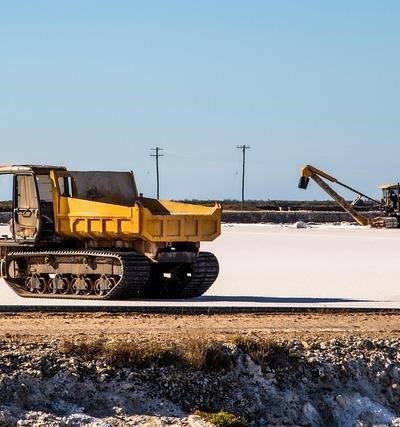
The term «dump shop» is often used colloquially, encompassing a broad range of businesses dealing in pre-owned goods. More formally, we can categorize them as thrift stores, secondhand shops, consignment shops, charity shops, and used clothing stores. Their evolution reflects a fascinating interplay of economic necessity, social consciousness, and changing consumer behavior, transforming them from humble beginnings to a significant global phenomenon.
Early Days: Necessity and Charity
The origins of these shops are deeply rooted in necessity. Long before the concept of «sustainable fashion» gained traction, secondhand markets thrived. Early examples include pawn shops, which provided short-term loans secured by personal possessions. Charity shops, often run by religious organizations or community groups, emerged as a way to provide assistance to the needy while offering affordable goods. These early iterations laid the groundwork for the diverse landscape of pre-owned goods retailers we see today. The history of retail is intrinsically linked to these early forms of reuse and repurposing.
The Rise of the Thrift Store
The mid-20th century saw the rise of dedicated thrift stores, often independently owned, offering a wider array of used items. This period saw the burgeoning of consumerism, but alongside it, a growing awareness of waste. These stores provided a practical solution, offering affordable alternatives to new goods and allowing for the recycling of clothing and household items. The business models were simple: buy low, sell low, and keep turnover high.
The Modern Era: Sustainability and Style
In recent decades, the perception and popularity of secondhand shopping have undergone a dramatic shift. Driven by growing concerns about sustainability and the environmental impact of fast fashion, thrift stores, consignment shops, and vintage clothing stores have experienced a remarkable resurgence. The concept of the circular economy is increasingly embraced, emphasizing waste reduction and resource reuse. The social impact is also significant, with many shops supporting local charities or employing individuals from disadvantaged communities.
Global Trade and Economic Impact
The global trade in pre-owned goods has also expanded significantly, creating economic opportunities both domestically and internationally. Exporting used clothing, for example, plays a crucial role in some economies, though ethical concerns regarding the quality and disposal of these goods remain. The economic impact extends beyond mere sales; these shops contribute to local economies, providing jobs and supporting community initiatives. The community impact is often substantial, fostering a sense of shared resources and reducing consumption’s impact.
The Future of Dump Shops
As consumer attitudes continue to evolve, the future of «dump shops» seems bright. The integration of online platforms allows for broader reach and increased accessibility. The focus on affordable fashion, bargain hunting, and curated vintage selections is attracting a new generation of shoppers. These businesses continue to adapt their business models to meet changing demands, emphasizing sustainability, unique finds, and community engagement. From humble beginnings rooted in necessity, they have evolved into a powerful force in the global retail landscape, playing a crucial role in shaping a more sustainable and equitable future.
Keywords: Thrift stores, secondhand shops, consignment shops, charity shops, used clothing stores, recycling, sustainability, vintage clothing, antique shops, flea markets, pre-owned goods, bargain hunting, affordable fashion, circular economy, waste reduction, global trade, economic impact, social impact, community impact, history of retail, business models.


This article provides a concise and well-structured overview of the evolution of secondhand shops. The historical context, from the early days driven by necessity and charity to the modern era fueled by sustainability concerns, is clearly presented. The progression from pawn shops and charity organizations to the diverse range of businesses we see today is effectively traced. A valuable contribution to understanding the changing landscape of retail and consumer behavior.
An engaging and informative read. The author successfully highlights the significant role secondhand shops have played, and continue to play, in society. The connection between economic realities, social responsibility, and environmental awareness is thoughtfully explored. The article